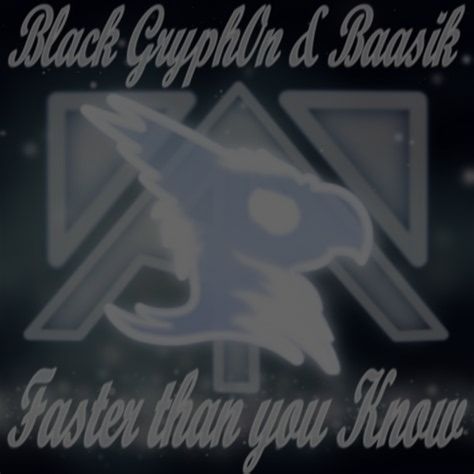Quickstart Guide for Linux Mint
Wednesday, Mar 13, 2024 | 4 minutes read | Update at Sunday, May 26, 2024
A quickstart guide for my friends using Linux Mint 21.3 Virginia

Linux Mint is regarded as one of the best Linux distros for beginners, and is good option for a long-term distro. Getting a good Linux Mint desktop might need configuration.
Network Configuration
First of all, configuring the Network Manager is just like Windows. Click on the Wifi icon on the bottom right of the taskbar. This is should bring up a list of Wifi networks. Selecting one of them will bring up the login menu. If you are connecting to your own private network or one that does not require a username, entering the password should be sufficient.
For networks managed by organisations (schools, companies):
Most of these networks require a username and password. To set up these networks, go to the Wi-Fi Security tab and change the Security setting to WPA/WPA2 Enterprise, Authentication to Protected EAP (PEAP), and set the CA Certificate to false. Set your username and password and then connect. There may be login page but a notification should be sent with a link to the captive portal, browsers are also able to detect captive portals.
Additional apps
There are multiple different ways to install apps. The first is through the GUI Software Manager provided by Linux Mint. To install an app, search for it and then click install. After a short wait the app will finish install andis ready to use. Another method of installing an app is through .deb files. Installing is just a matter of downloading the file from the internet and double clicking on it to run. A window will popup asking to install it or not, click Install and wait for the app to finish installing.
The Terminal can also be used to install apps. To install an app type sudo apt install APP_NAME. Be careful to check that the package name is correct and is up to date.
(The sudo command means super user do, it is effectively the administrator of the system. apt is command to install packages from Linux Mint’s and Ubuntu’s repositories)
There are many other ways to install apps, such as Flatpacks, AppImages and PIP packages. To learn more about how to install these types of apps and their dependencies, a single google search should suffice, (eg. how to install flatpacks linux mint)
Customisation
THis is the fun part, customisation can be achieved through many different means, varying on the DE (desktop environment) you have installed. Popular DEs are KDE Plasma, Cinnamon, Budgie, Hyprland and Sway. Linux Mint comes installed with Cinnamon, the DE developed by Linux Mint.
To customise your desktop, hit the SUPER key (WIN for Windows or CMD for Macs) and find the settings application. There are many options to customise, primarily the colour of the desktop, icons, theme and cursor. Feel free to explore the different options that are pre-installed. If there are any themes or customisations that you like, search for linux mint themes and find gnome-look.org. This website holds many user created themes, which you can download and install. Installing a theme from this website can be done manually or automatically through a single command. Clicking on a theme you like, for example [INSERT THEME], head to the Files tab and choose the variation you like. To install automatically, open the terminal CTRL + ALT + T depending on your keybinds, and type sudo apt install ocs-url, this package allows gnome-look to install themes. After finishing the installing of OCS-URL, return to the theme page and click the Install button in the OCS-Install column. A confirmation will appear for OCS-Install asking if you want to install, click Yes. To apply to theme return to the settings application and navigate to the button that matches the category of customisation you installed. Browse the list until you find your theme and select it. Click apply. your theme should now be successfully installed.
Other options for customisation include gnome extensions. These can be downloaded from a menu in the settings application.
If you want a more refined or a different Desktop Environment, you can try installing KDE Plasma through the kubuntu-backports PPA.
